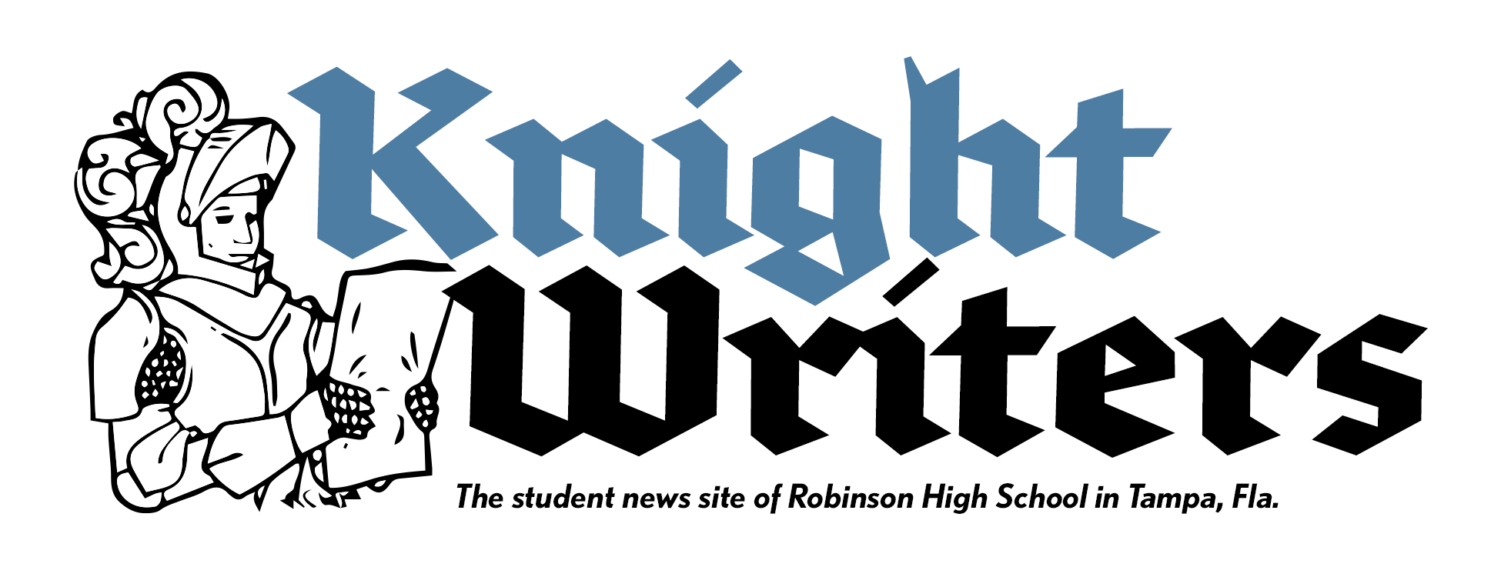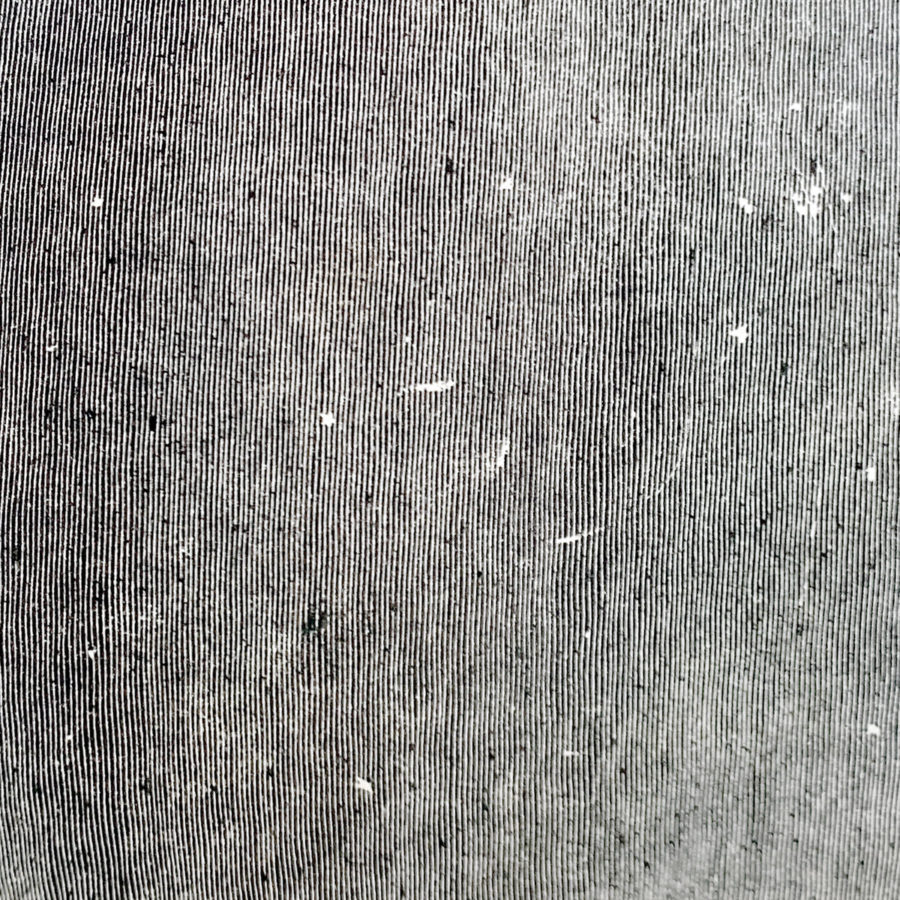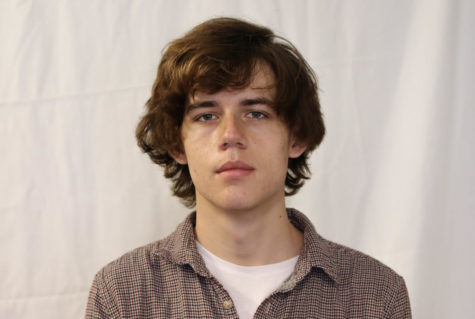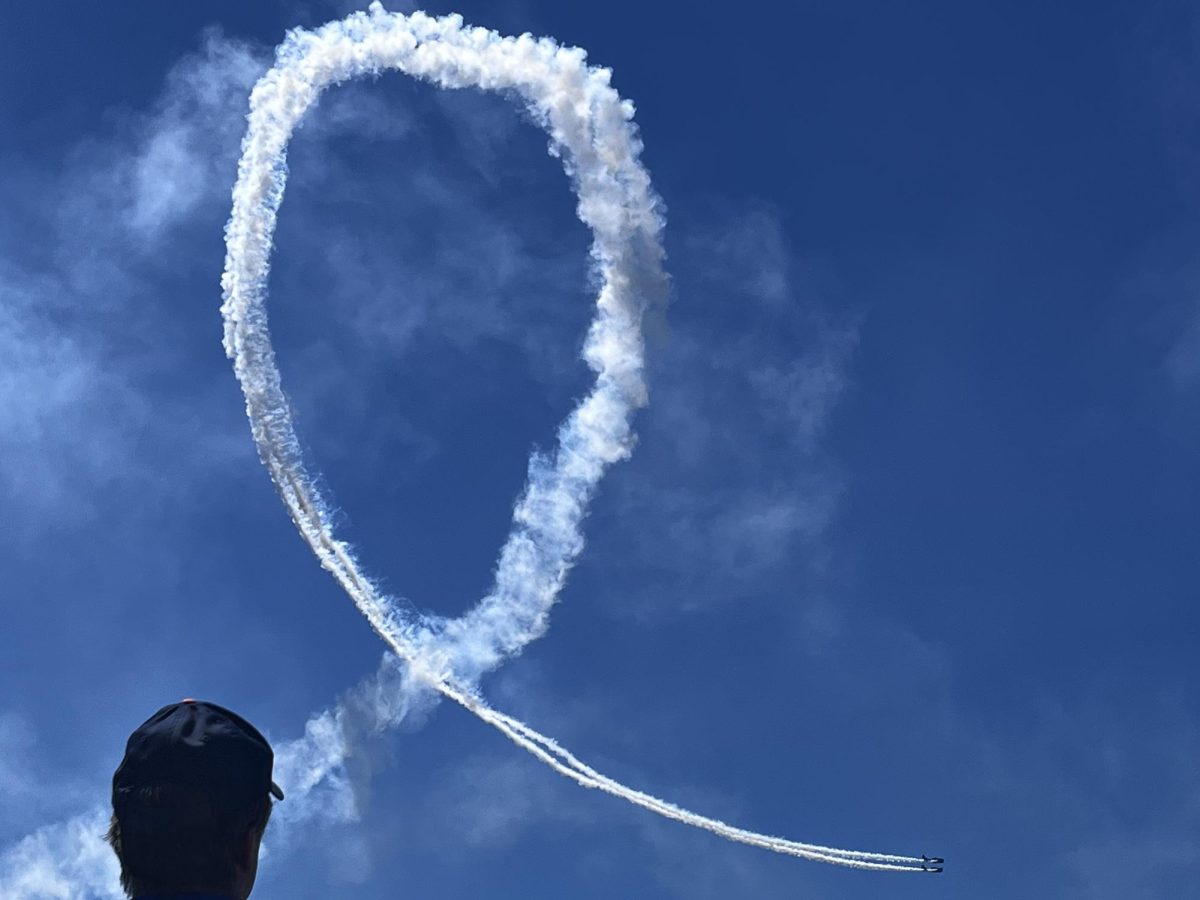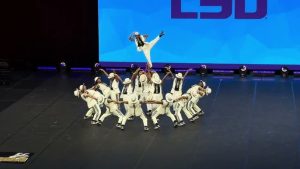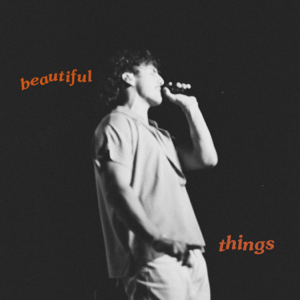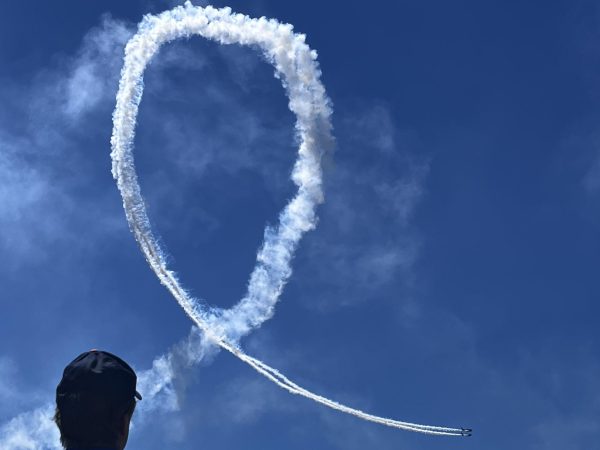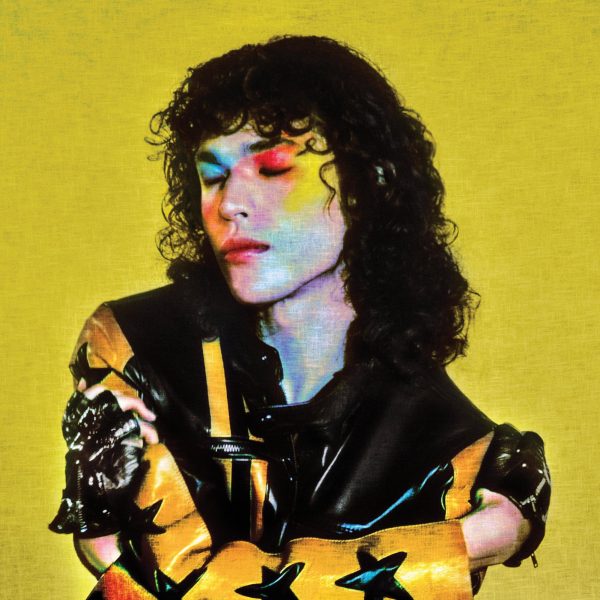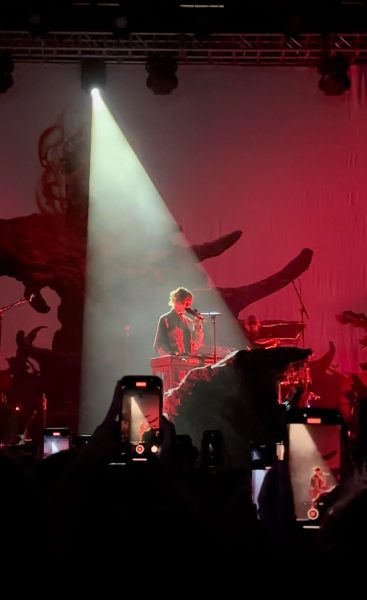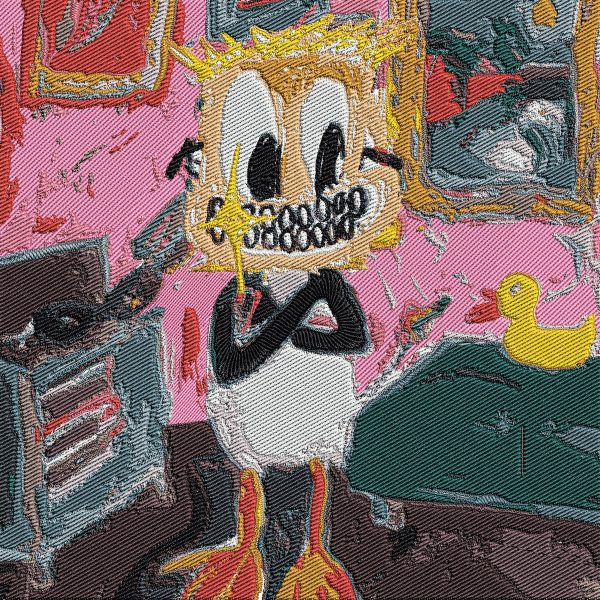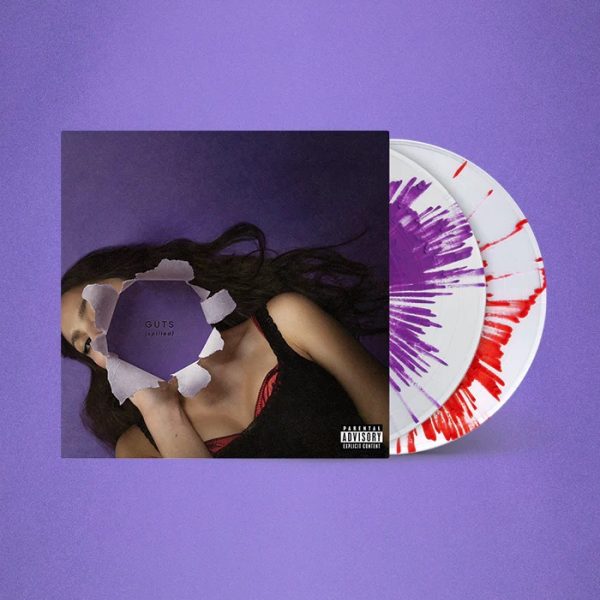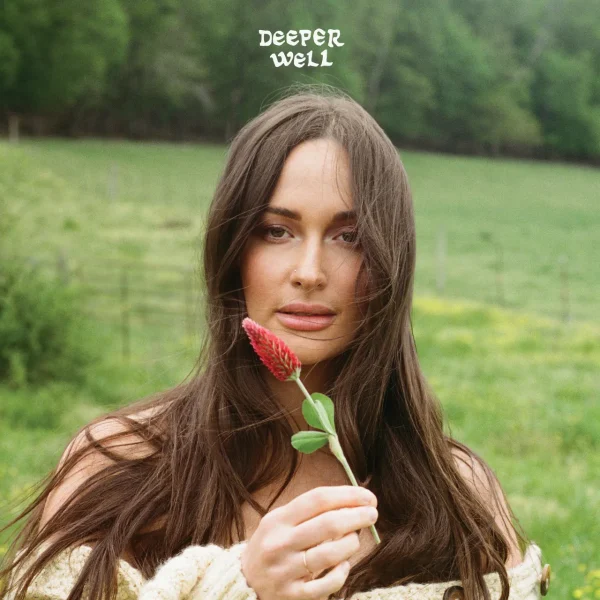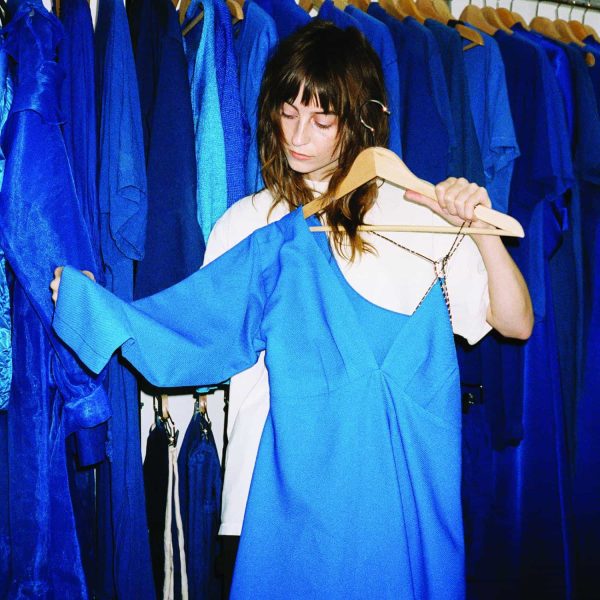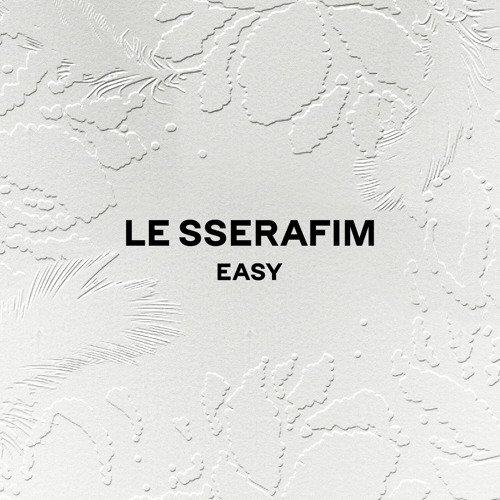Low’s “Hey What”: The Fingerprint Of A Black Hole
Minnesotan indie band Low releases a worthy successor to their 2018 album, cementing their second wind as more than just one-off experimentation.
Photo Pitchfork
The album cover for “Hey What”.
September 30, 2021
Like a freezer trawler at sea, Low’s trajectory pivoted a few degrees left with the release of their 2015 album Ones and Sixes and the beginning of a now six-year-long working collaboration with producer BJ Burton, known since for his production work with contemporary pop artists such as Bon Iver, Charli XCX and Taylor Swift. While Low are mainly known in the indie oeuvre for their seminal slowcore albums “I Could Live In Hope (1994)” and “The Curtain Hits the Cast (1996),” they’ve put out a steady stream of releases since the mid-nineties that span a solid Pantone palette of indie rock.
Only recently with that 2015 release, however, did Low begin to incorporate an element of “glitch” in their songs, crystallizing and distorting their sound. This was further expanded upon with 2018’s “Double Negative”, which buried core duo Alan Sparhawk and Mimi Parker’s vocals under the soil of clipping and corrupted audio. Yet there was more to the story– “Hey What”, Low’s latest effort, was released last week to a warm critical reception.
The album’s sound continues the trends of distortion on “Double Negative”, but introduces a few key changes that alienate the music further from Low’s past works. While the distortion on “Double Negative” seemed so thick at times it felt oppressive, “Hey What’s” mixing chooses instead to remove the vocals from the noise; allowing Alan and Mimi’s ethereal gospel harmonies to float on top of the music as if shining down from a red sun onto a world of static. With this record, Low has taken control of the distortion they were once buried by; a triumph reflected in the more optimistic lyrical content.
This feeling is amplified further by the lack of traditional instrumentation on the record. Whereas Low’s trademark guitar-and-drum minimalism made a contorted return on “Double Negative”, “Hey What” has a complete dearth of recognizable sounds, being utterly non-referential in its distortion (save the guitars on “Days Like These” and the snare hits on “The Price You Pay”). “Hey What”, in a necessary development for Low’s sound, lifts up the vocal performance to clarity while leaving the instrumentation to be consumed by noise.
I never really was a fan of their 2018 lp, however, in an ironic twist I’ve begun to enjoy it more after hearing “Hey What“. It’s almost as if the latter album helped me feel out the extremes of their new sound, and settle back into their slightly less discordant work a little easier. But regarding the latest album itself, it still holds more than enough merit to be worth a listen– the vocal harmonies are, as usual, beautifully crafted and deliver the lyrics in a befitting way, especially on emotional tracks like “The Price You Pay (It Must Be Wearing off)”. The instrumentation also holds some great moments as well, including the hypnotic transition from opener “White Horses” and “I Can Wait”, as well as the beautifully layered noise of “All Night”, morphing around in space with its beautiful chord progressions.
Eventually, the distortion on the tracks settles to something more anamorphic after a few listens; once you’ve gotten used to the thick walls of noise you can better focus in on the complex songwriting going on here. Experimentation doesn’t exonerate the album from all criticism however; many listeners (including myself) will find the vocals to be mixed a little too sharply on tracks like “Days Like These”, creating a jarring track transition that requires a deft handle on the volume buttons. The vocals themselves can be a little off-putting at first as well– the gospel influences have a kitsch to them that some listeners have likened to anthemic bands like Imagine Dragons or Bastille. Subjective opinions aside, the record is one that benefits greatly from repeated listens.
All in all, the consistency of Low’s last two releases have proven themselves to be just as innovative in their second wind as with their debut. While I personally prefer “Double Negative” to “Hey What”, the latter release holds its own as an innovative development for an already unique band.
